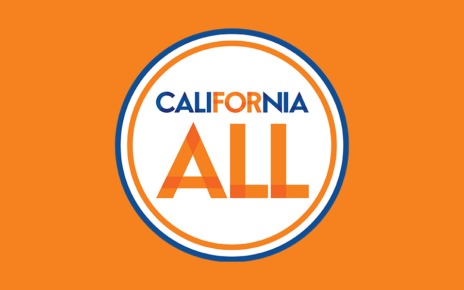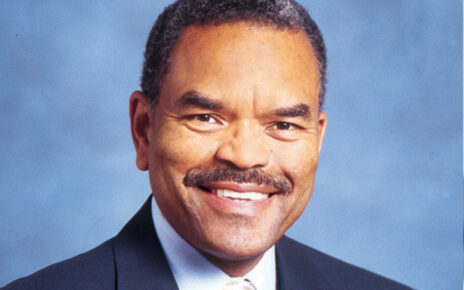On Wednesday, March 18, President Trump signed the second major congressional legislation designed to address the Coronavirus pandemic. The bill passed overwhelmingly in the House and Senate, but is not the last word. Negotiators are working on a third bill that appears likely to contain direct payments to the populace, as well as relief for some business sectors. LeadingAge submitted a list of requests to House and Senate leadership on behalf of our members and like the virus, our list keeps expanding so we are continually updating it in conversations with congressional offices.
In this article we will focus on the new requirements for paid sick leave and FMLA leave. We will cover the balance of the new bill in a second article.
The law now mandates paid sick leave and expands the Family and Medical Leave Act for employees of businesses with fewer than 500 employees based on the public emergency declared because of COVID-19. These provisions expire December 31, 2020. Businesses with fewer than 50 employees may ask to be exempted because the imposition of the paid sick time or expanded FMLA provisions “would jeopardize the viability of the business as a going concern.” The FMLA also excludes certain health care workers from coverage (MDs, Nurse Practitioners, Physician Assistants, Clinical Social Workers) which applies to both the paid sick leave and FMLA expansion described below.
Emergency Paid Sick Leave Act:
Employees: emergency paid sick leave for employees who cannot work because of any of the following:
- Subject to government quarantine or isolation order related to COVID-19;
- Advised by health care provider (e.g., doctor) to self-quarantine due to COVID-19;
- Experiencing symptoms of COVID-19 and seeking medical diagnosis;
- Caring for individual subject to quarantine or isolation due to COVID-19 concerns;
- Caring for child if school has been closed or child care provider unavailable due to COVID-19 concerns;
- Experiencing any other substantially similar condition specified by the Secretary of HHS in consultation with Treasury and Labor.
Employers: who is required and who is not:
- Employers with under 500 employees must comply.
- Employers with under 50 employees can ask for an exemption where complying would jeopardize the business as a going concern. Expect regulations explaining process, etc.
- Employers may exclude from coverage, as is current FLMA law, “health care provider” employees, currently limited to MDs, Nurse Practitioners, midwives, clinical social workers.
Eligibility:
- Employees are immediately eligible (no waiting period after hire)
- Full time employees entitled to 80 hours; part-time based on average hours worked over 2-week period.
- This sick leave provision is not carried over, and is not available to be paid out if not used.
Pay Rate:
- Pay is at employee’s regular rate with max of $511 per day and $5,110 in aggregate for leave due to conditions (1), (2) and (3) listed above, and 2/3 of pay up to $2000 for (4) and (5), i.e., caring for someone else.
FMLA: Emergency Family and Medical Leave Expansion Act
Employees covered:
- Employees who have been employed for at least 30 calendar days are eligible based on having “qualified need related to a public health emergency.”
- Qualified need means the employee is unable to work or telework because of a need to care for child under 18 if the school or place of care has been closed or child care provider is unavailable, due to a public health emergency declared by a governmental authority related to COVID-19.
Employers covered:
- Employers with fewer than 500 employees.
- Same provisions as paid sick leave for excluded employees and exemptions for small businesses.
Eligibility:
- The first 10 days of leave under this expanded definition (caring for child home from school) is unpaid.
- The employee can substitute any unused leave time in lieu of unpaid leave.
- Pay rate roughly 2/3 of current pay, not to exceed $200 per day and $10,000 aggregate.
- Available for the 12 weeks currently in FMLA.
Federal reimbursement policies for both paid sick leave and FMLA:
- The Act provides for credits against the employer’s payroll taxes equal to 100% of the qualified family leave wages and paid sick leave wages paid by an employer. Treasury to issue regulations.
These provisions go into effect 15 days after the bill was signed, which would be around April 2. Both Treasury and Labor will be issuing regulations, and we will be providing input where we can.



